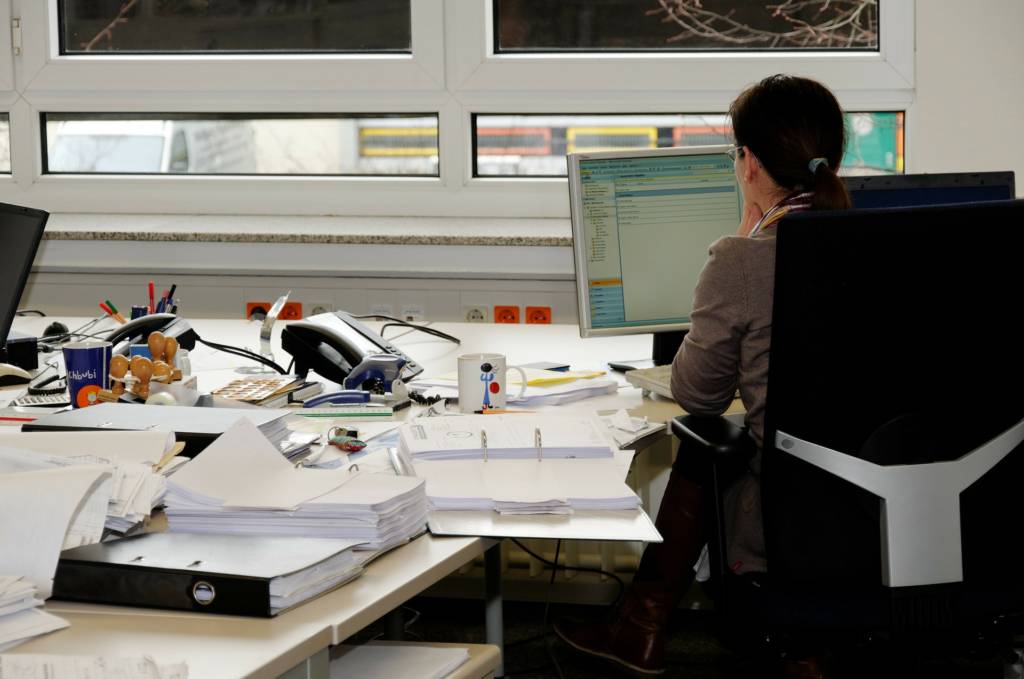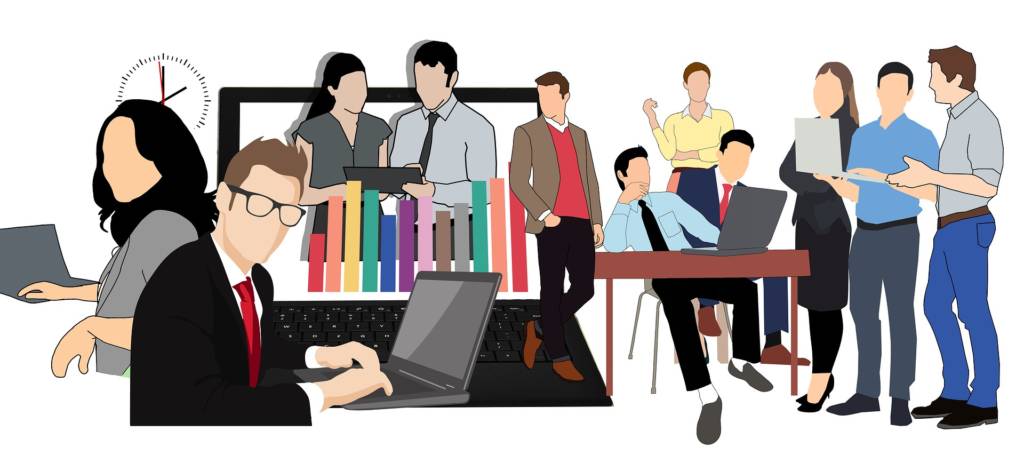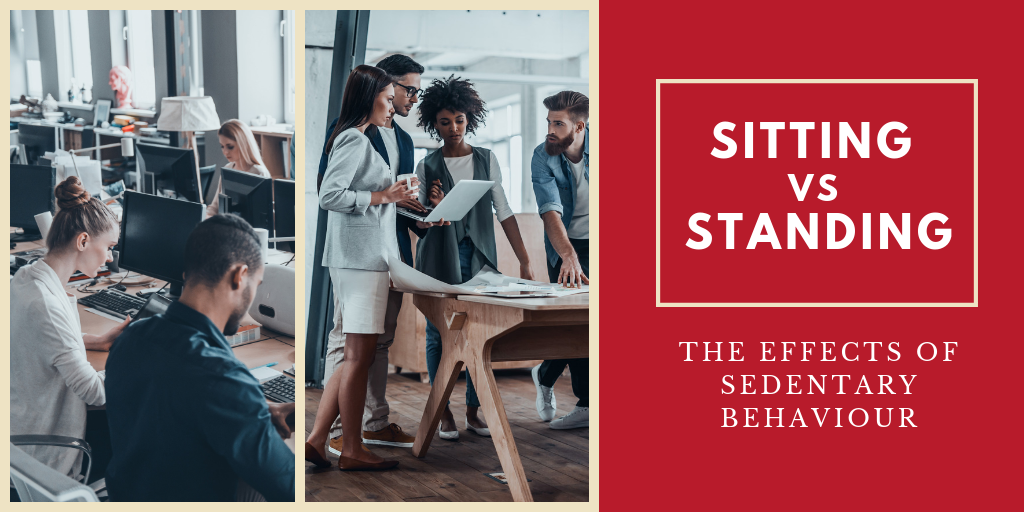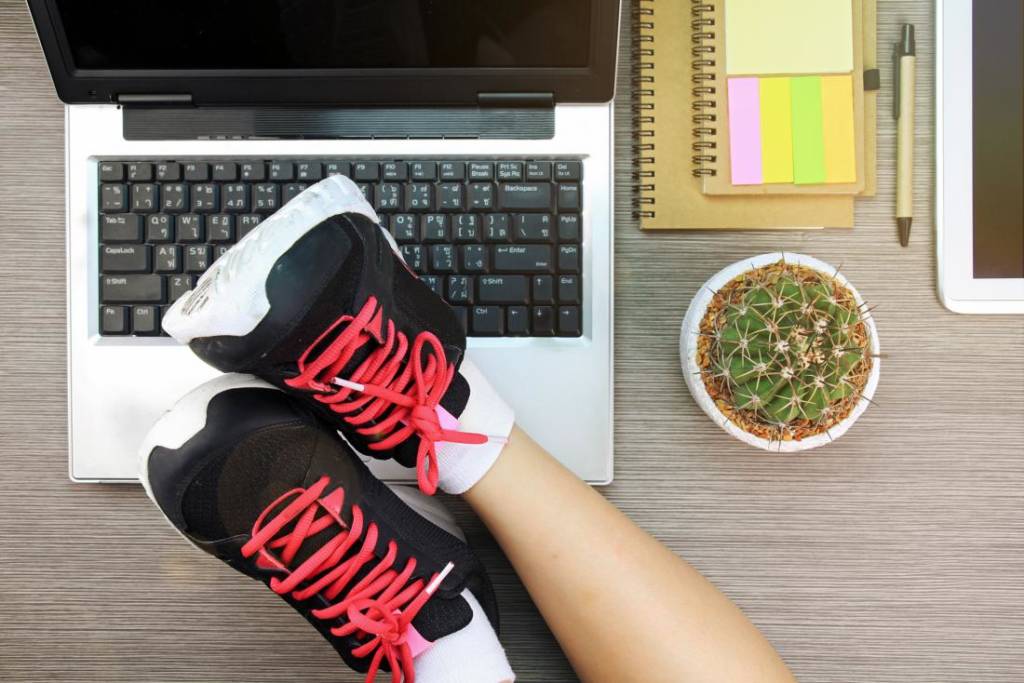What is sedentary behaviour? Worksafe Australia defines sedentary behaviour as anything that is done whilst sitting or reclining. As workers, this can include anything from computer-based tasks, truck driving, crane operating or any general work where you are sitting for most of the day for long periods of time. But what are the health risks, and what can you do to avoid them?
Health Risks
Sedentary work is associated with significant adverse health impacts and is increasingly being recognised as an important issue that needs attention (Safework Australia 2019). Unfortunately, there is also no clear definition of what is excessive sedentary exposure. However, people over 45 who sit for more than 11 hours or more a day, are 40% more likely to die within 3 years than those who sit for less than 4 hours (Van der Ploegg, et al. 2012).
What is known is that sedentary work is associated with a range of health problems, which include:
- cardiovascular disease
- diabetes
- musculoskeletal disorders
- obesity
- poor mental health
- premature death, and
- cancer
These adverse health effects from prolonged sitting and inactivity are mainly due to not moving enough, poor posture, low energy expenditure and insufficient movement and muscle activity. Physical inactivity is the second-highest contributor, behind tobacco smoking and to cancer in Australia (CoA 2014).
Safe Work Australia has identified sedentary work as a potential work health and safety issue (Safework Australia 2019). The Work Health and Safety Act 2011 (cth) (WHS Act) identify that the responsibility for ensuring health and safety in the workplace falls on both the employer and the employee under sections 19 and 28 respectively (Comcare 2014).

To appropriately categorise sedentary behaviour you need to measure a) the total amount of exposure per day, b) the patterns of the behaviour such as is it for short or long periods of time and c) the nature/context of the behaviour, is it at a desk or driving? This can be measured simply by keeping a diary or even by using pedometers, accelerometers and inclinometers (Safework Australia 2019). Having this information can help you make decisions on how and when you can incorporate more movement into your day.
What can you do?
Doing any physical activity is better than doing none. There are small, quick and practical steps you can adopt in most workplaces that can improve your health and wellbeing associated with sedentary work. First of all, try to move around for just a few minutes every hour, go make a coffee or get a drink. If this is not achievable, then try to stretch out your muscle regularly to increase blood flow and muscle activity every hour, this can be done sitting or standing.
Other ways of decreasing sedentary levels and increasing activity through your workday are:
- Change how you travel to work – you can park further away, catch public transport or even cycle to work;
- Take the stairs – if you have the opportunity to take the stairs rather than a lift, it is a great way to increase your activity level;
- Walk around the office more – get up and go speak to a work colleague rather than emailing them;
- Mix sitting with standing – There are many ways to implement this idea into your workday, for example
- switching to a sitting/standing workstation
- standing to read a document
- have a standing or walking meeting or
- standing while talking on the phone
It is important to remember that health problems caused by sedentary behaviour at work remain even if you exercise vigorously every day; this highlights the fact that sedentary behaviour and inactivity are separate health hazards. You need to get up and move throughout the workday by breaking up long periods of sitting and standing as often as possible for continual health benefits and to decrease the risk factors outline above. It is also important to see your doctor as early as possible if you have any concerns about the effect of being sedentary is having on your body.

Integrate Sustainability can
assist with identifying health and safety hazards in your workplace. If you
need assistance in identify workplace hazards, please give us a call on
0894680338 or email us at enquiries@integratesustainability.com.au.
References
CoA. 2014. “Australia’s Physical Activityand Sedentary Behaviour Guidelines for Adults (18 – 64 years).” Canberra: Commonwealth of Australia, June.
Comcare. 2014. “Benifits of Moving – Be Upstanding.” Canberra: Australian Governement.
Safework Australia. 2019. Saferwork Australia – Sitting and Standing. July 29. Accessed August 15, 2019. https://www.safeworkaustralia.gov.au/sedentary.
Van der Ploegg, H, T Chey, R. J Korda, and E and Bauman, A Banks. 2012. “Sitting Time and All-Cause Mortality Risk in 222,497 Australian Adults.” Archive of Internal Medicine (Archives of Internal Medicine) 494-500.
Image Sources:
The Evolution: http://blog.ss8.com
Active in the Workplace: https://www.medicalnewstoday.com/articles/321375.php



